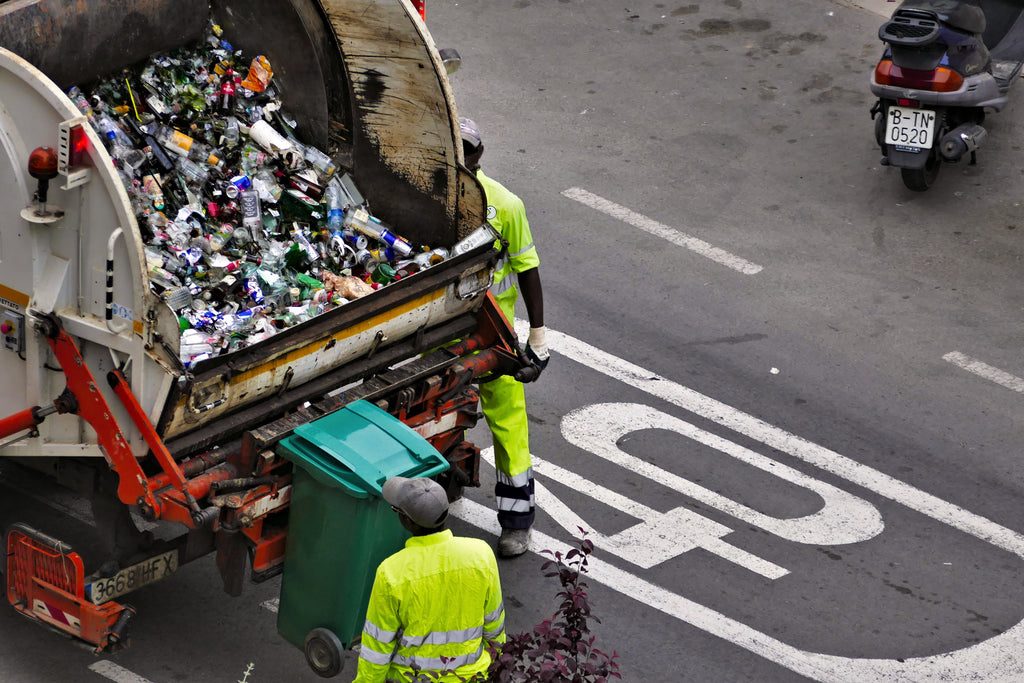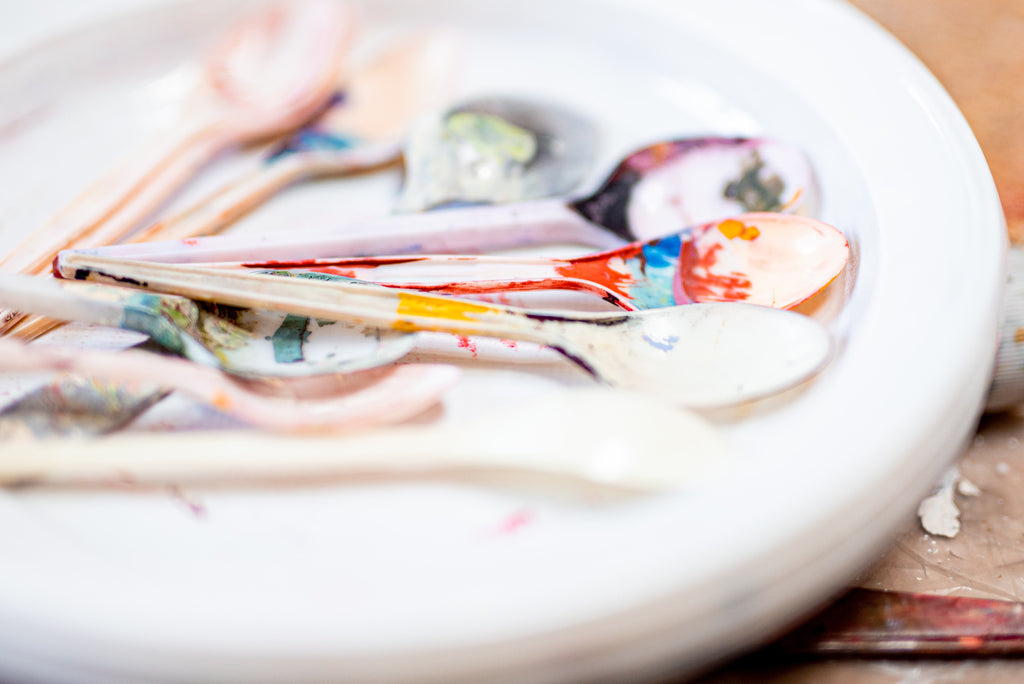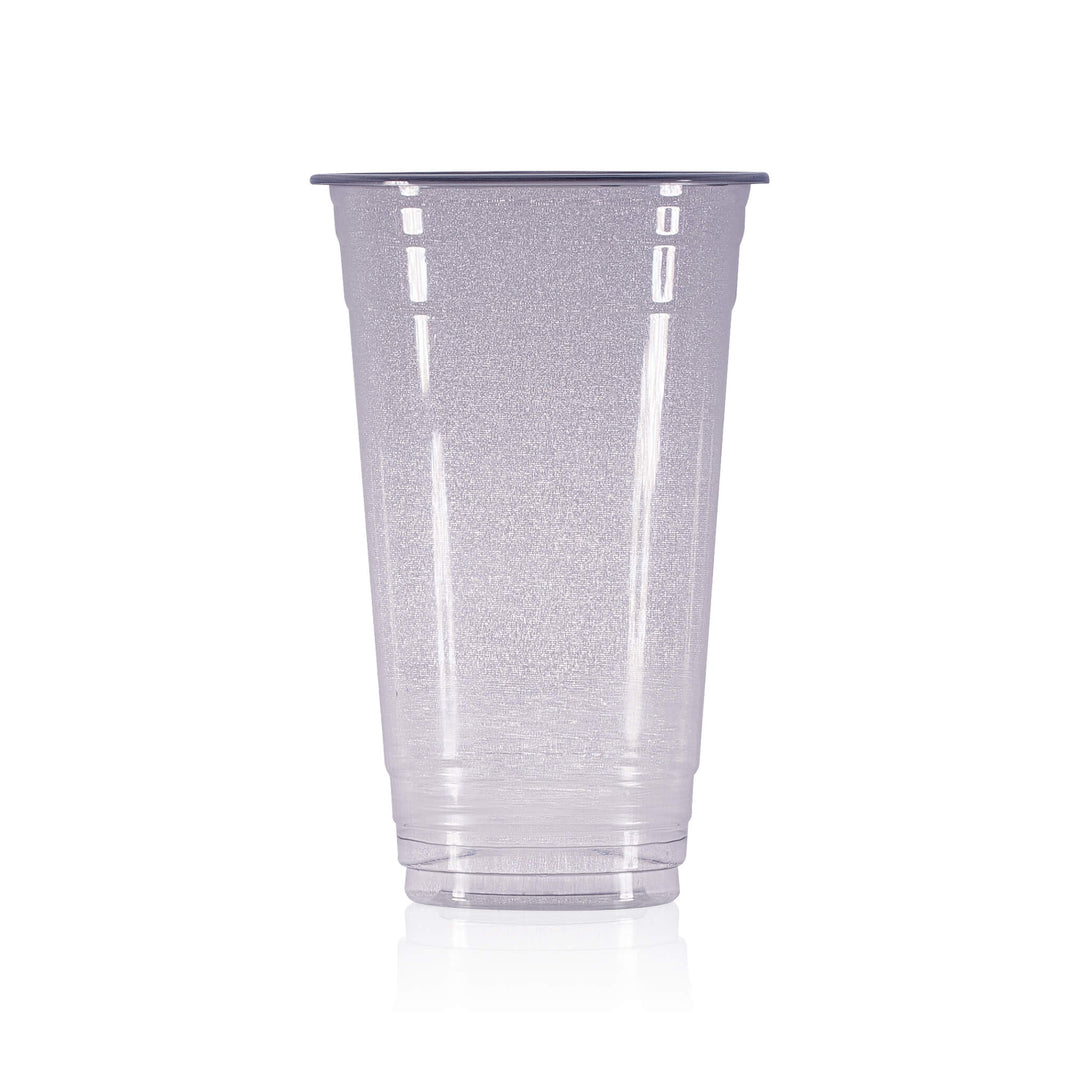How To Dispose Of Non-Recyclable Takeaway Packaging
It can be difficult to instantly recognise if packaging is recyclable. It’s not as straightforward as simply popping rubbish into your household recycling bins. However, there are certain clues to look out for which should help you to ascertain whether packaging can be recycled or not, and also, the best ways to dispose of it.
So, how can you tell if plastic is recyclable?
Well, there are several symbols to look out for:
- If packaging has three green arrows in the shape of a triangle, then this symbol means that it is possible to recycle the box/container.
- If there’s a white circling arrow in the middle of a green square, then this means the packaging is widely recycled by local authorities.
- On the other hand, if there’s a white circling arrow in the middle of a black square, then this means the packaging cannot be recycled by many local authorities.
- The number in the middle of three black arrows shaped in a triangle indicates the amount of resin used. Generally, if the number is 1 or 2, then the packaging can be recycled through household collection.
Now that we’ve covered plastic, are you unsure of how to dispose of your cardboard? You may have considered composting, but are wondering if all cardboard is compostable?
The answer is no, not all cardboard is compostable.
Cardboard that is coated in heavy ink, or cardboard that is glossy (which means plastic has been used to create the shiny finish), cannot be composted. A lot of the ink that is used today on cardboard is vegetable-based or non-toxic, but some still do contain harmful metals which can contaminate soil.
Also, any cardboard that is covered in labels or tape cannot be composted.
1. General Waste

When rubbish is put in general waste, typically, it will be sent to an industrial waste landfill. To dispose of rubbish in this manner, however, should be the last resort since landfill rubbish breaks down at a very slow rate. Additionally, during the breaking down process, harmful chemicals are produced, which negatively affects soil and groundwater.
By recycling, reusing, repurposing, or composting, people can also reduce waste going to incineration plants. The toxic chemicals and pollutants that incineration plants release can cause many health problems, such as lung disease, heart disease, and cancer.
2. Reuse
What do we mean by reuse? Well, for example, our strong white carrier bags are durable enough to be reused again and again. If you’re a food takeaway business, then these bags would be perfect for your eco-friendly customers.
These days, many bags are designed to be reused since suppliers and businesses recognise that a lot of people want to reduce their carbon footprint.
By reusing boxes, containers, and bags, you can reduce the amount of rubbish going to landfills and incineration plants. Additionally, ethically reusing packaging will save you money over time.
So, rather than just throwing something away after one use, get into the habit of reusing.
If something can’t be reused, then consider repurposing the item. We have summarised what we mean by repurposing below.
3. Repurpose

Repurposing is the process of reusing an item, but not for its original intended purpose. For example, our plastic spoons can be used by the customers of your takeaway business, but instead of throwing it away once they’ve used them for its original purpose, you could encourage them to repurpose them as plant labellers.
As long as an item is made of a high-quality material, it can be washed and reused for a different purpose.
Repurposing, once again, will reduce your carbon footprint.
Another way to repurpose spoons would be to use them in arts and crafts, or to make Christmas tree decorations.
We hope that this blog will help you to easily identify recyclable items in the future, and that you’ve discovered new and greener ways to dispose of packaging materials.
If you’re a takeaway business looking for sustainable packaging, then Albiz offers many eco-friendly boxes and containers.




